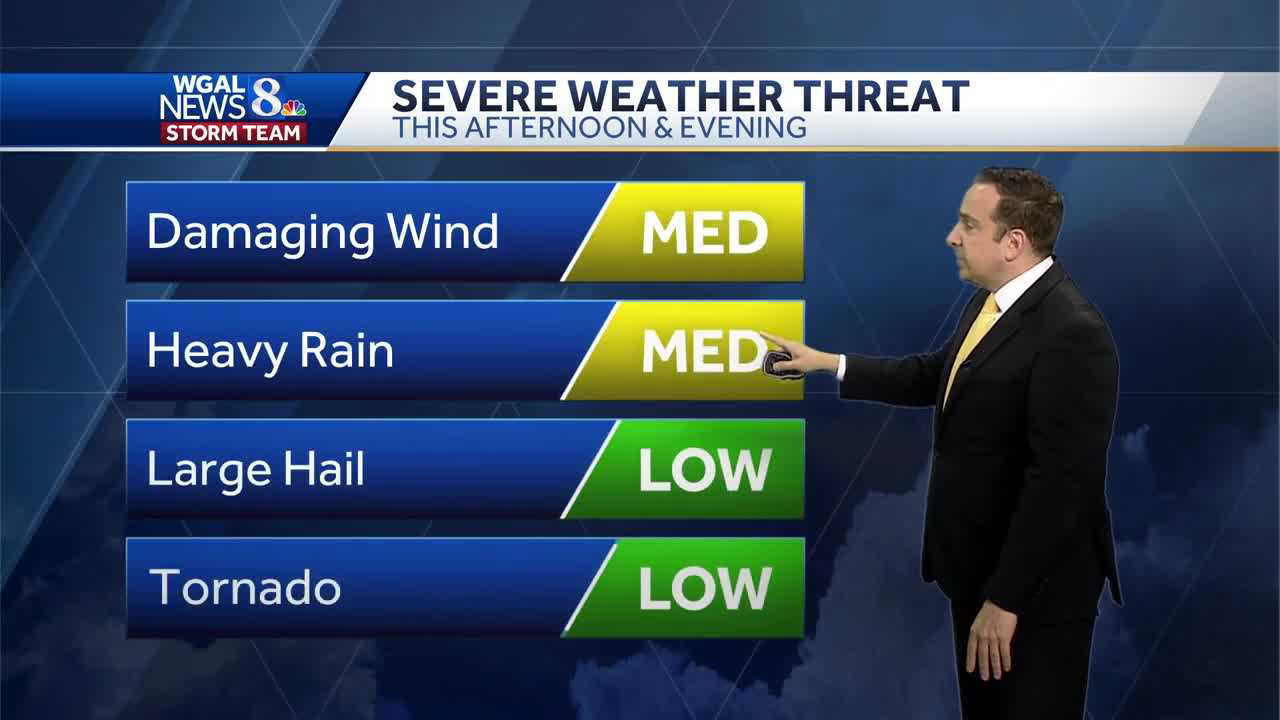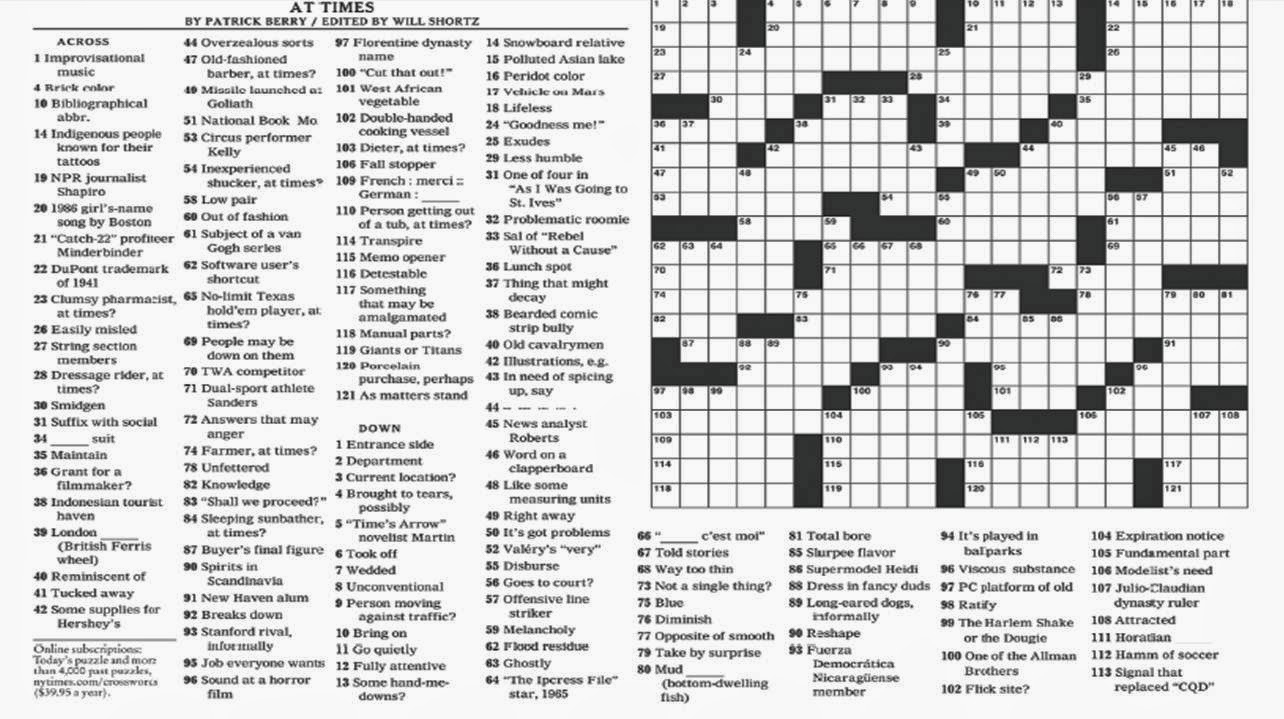Understanding Damaging Winds Associated With Fast-Moving Storms

Table of Contents
Types of Fast-Moving Storms Generating Damaging Winds
Several types of fast-moving storms can generate extremely dangerous damaging winds associated with fast-moving storms. Understanding their characteristics is the first step in effective preparedness.
- Derechos: These widespread, long-lived wind storms are characterized by straight-line winds exceeding 58 mph (93 km/h). They often cover hundreds of miles, causing significant damage across large areas. Derechos are most common in the central United States.
- Downbursts: These are strong downdrafts of air that hit the ground and spread outwards in a radial pattern. Microbursts, a smaller, more intense version of downbursts, can create incredibly destructive winds in a short period. Downbursts are frequently associated with thunderstorms.
- Tornadoes: These violently rotating columns of air extending from a thunderstorm to the ground are perhaps the most feared of all fast-moving storms. Their intense, localized winds can reach speeds of over 300 mph (480 km/h). Tornado Alley in the central US is particularly vulnerable.
- Hurricanes/Typhoons/Cyclones: These large-scale tropical cyclones generate sustained winds of 74 mph (119 km/h) or higher, causing catastrophic damage through high winds, storm surges, and flooding. Coastal regions worldwide are affected.
The Physics Behind Damaging Wind Formation
The intense damaging winds associated with fast-moving storms are born from complex meteorological processes.
- Atmospheric Instability: A significant temperature difference between the surface and upper atmosphere creates instability, leading to powerful updrafts and downdrafts.
- Pressure Gradients: Strong pressure differences between areas of high and low pressure drive powerful winds. The steeper the pressure gradient, the stronger the wind.
- Wind Shear: Changes in wind speed and direction with height contribute to the rotation and intensification of storms, particularly in tornadoes.
- Downdrafts: Cold, dense air sinking rapidly from thunderstorms creates downdrafts. These downdrafts can intensify significantly upon hitting the ground, resulting in damaging straight-line winds or microbursts.
- Storm Speed: Faster-moving storms tend to produce more intense winds because the storm's momentum is added to the wind speeds generated by the pressure gradient.
- Terrain: Hills and mountains can significantly amplify wind speeds as air is forced to rise and accelerate around obstacles.
Identifying and Predicting Damaging Winds
Accurate identification and prediction of damaging winds associated with fast-moving storms are vital for effective warning systems.
- Weather Radar: Doppler radar provides crucial information on storm intensity, wind speed, and movement.
- Satellite Imagery: Satellites provide a broader view of storm systems, helping meteorologists track their development and movement.
- Numerical Weather Prediction (NWP) Models: Sophisticated computer models use atmospheric data to simulate storm behavior and forecast future conditions.
- Monitoring Weather Alerts and Warnings: Staying informed through official weather sources (like the National Weather Service) is paramount. Heed warnings seriously.
- Visual Signs: Darkening skies, rotating clouds, hail, and a noticeable increase in wind speed are all warning signs of approaching damaging winds.
- Limitations: Predicting the exact location and intensity of damaging winds, especially tornadoes and microbursts, remains challenging due to their highly localized nature and rapid development.
Mitigating the Risks of Damaging Winds
Protecting lives and property from damaging winds associated with fast-moving storms requires a multi-pronged approach.
- Storm Warning Procedures: During a storm warning, seek shelter immediately in a sturdy building's interior, away from windows. Secure loose outdoor objects that could become airborne projectiles.
- Building Codes and Structural Design: Building codes should incorporate wind resistance standards, using reinforced materials and appropriate construction techniques.
- Insurance and Disaster Preparedness: Having adequate insurance coverage and developing a comprehensive family emergency plan, including evacuation routes, are crucial steps in disaster preparedness.
Case Studies of Damaging Wind Events
Numerous historical events highlight the destructive power of damaging winds associated with fast-moving storms. Studying these events provides valuable insights into preparedness and mitigation.
- The 1998 Derecho: This derecho swept across the Midwest and Northeast United States, causing billions of dollars in damage. (Example - replace with relevant links and information for other significant events)
- The 2013 Oklahoma City Tornado: This catastrophic EF5 tornado resulted in numerous fatalities and widespread devastation. (Example - replace with relevant links and information for other significant events)
Conclusion: Understanding and Preparing for Damaging Winds
Understanding the science behind damaging winds associated with fast-moving storms, their prediction, and mitigation strategies is crucial for minimizing risks and protecting communities. Preparedness is key; a comprehensive plan, including knowledge of local weather forecasts and potential hazards, can save lives and reduce property damage. Learn more about the potential for damaging winds associated with fast-moving storms in your area, develop a family emergency plan, and stay informed through official weather channels. Your safety depends on it! Contact your local emergency management agency or the National Weather Service for additional resources and information.

Featured Posts
-
 Blog Home Office Alebo Kancelaria Vyhody A Nevyhody Oboch
May 20, 2025
Blog Home Office Alebo Kancelaria Vyhody A Nevyhody Oboch
May 20, 2025 -
 O Noua Generatie In Familia Schumacher Prima Poza Cu Nepotelul
May 20, 2025
O Noua Generatie In Familia Schumacher Prima Poza Cu Nepotelul
May 20, 2025 -
 Todays Nyt Mini Crossword Answers For March 18
May 20, 2025
Todays Nyt Mini Crossword Answers For March 18
May 20, 2025 -
 All The Answers Nyt Mini Crossword May 9th
May 20, 2025
All The Answers Nyt Mini Crossword May 9th
May 20, 2025 -
 Clean Energys Fight For Survival Threats To Its Expansion
May 20, 2025
Clean Energys Fight For Survival Threats To Its Expansion
May 20, 2025
